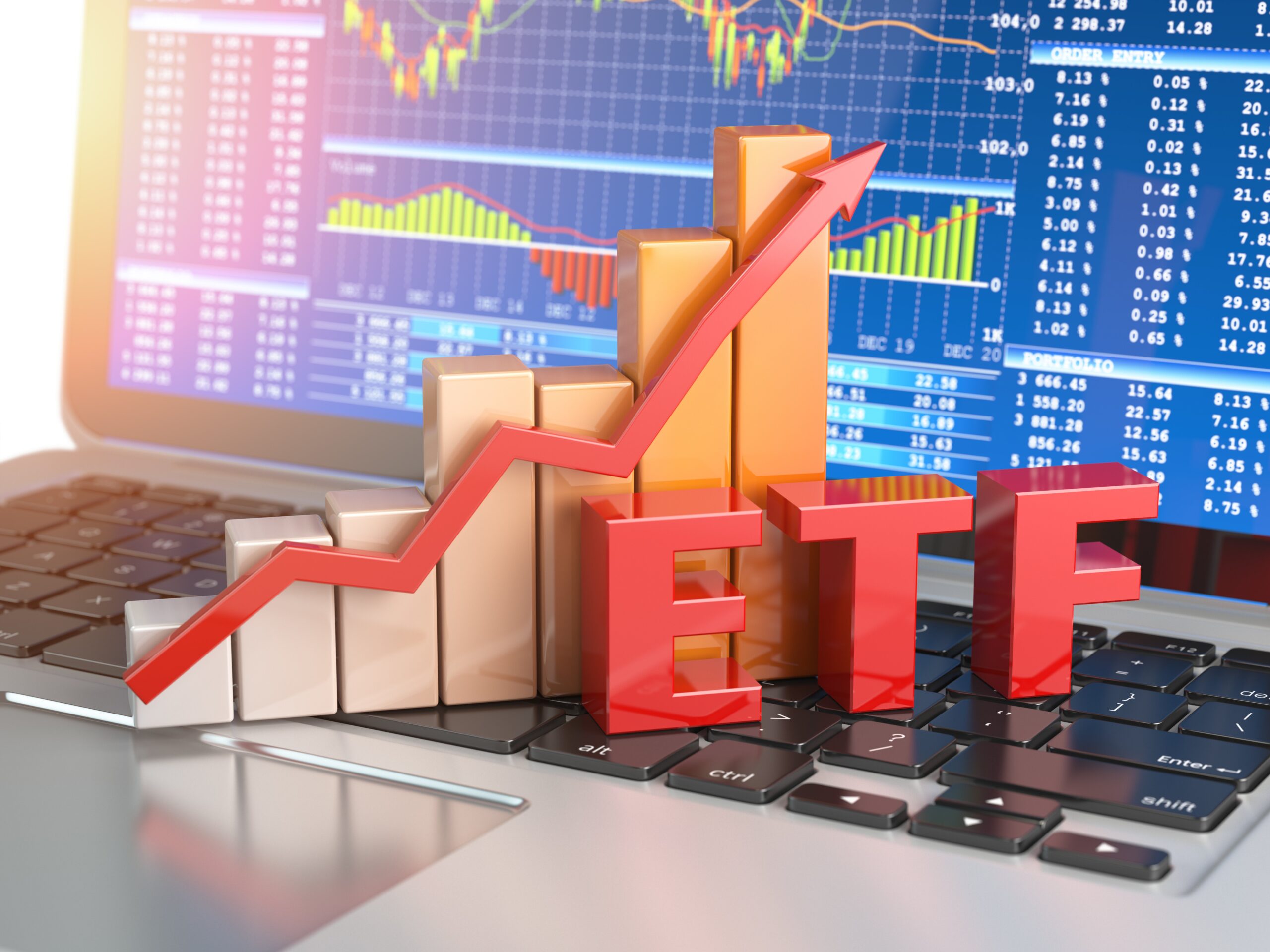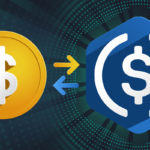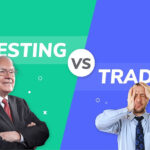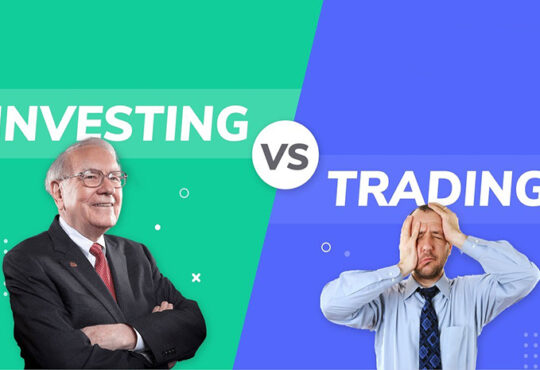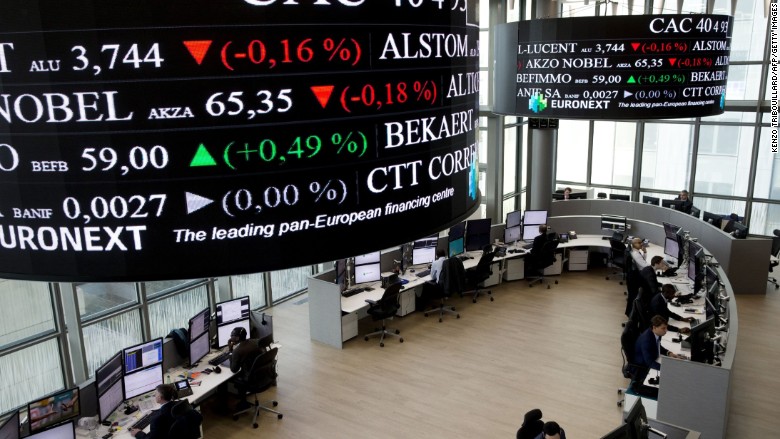The Best Etfs You Need In Your Portfolio To Succeed
Exchange-Traded Funds, or ETFs, offer to us investors a convenient and diversified way to access a wide range of asset classes.
Understanding the ETF options available can significantly contribute to your portfolio’s growth and resilience.
In this guide, we will uncover the prime selections that can potentially lead your investment voyage on the way to success.
(This post may contain affiliate links, which means I may earn a commission if you click through and make a purchase. This comes at no additional cost to you. I only promote products and services that I believe in. Thank you for your support!)
UNDERSTANDING ETFs
Exchange-Traded Funds, or ETFs, are investment funds that are traded on stock exchanges, just like individual stocks. They are designed to track the performance of a specific index, sector, commodity, or asset class.
Unlike traditional mutual funds, ETFs offer the flexibility of trading during the trading day, much like stocks.
How They Work ? Now, to better understand, you need to imagine, you’re investing in a basket of stocks that mimic the composition of a specific index, say for example the S&P 500.
When you buy shares of an ETF that is tracking the S&P 500, you’re essentially owning a portion of each of the companies within that index.
This grants you exposure to the overall performance of the index without having to buy each stock individually.
Advantages of buying the best ETFs
The three main advantages of ETFs, in addition to transparency, are:
1. Diversification: ETFs are a gateway to diversification, which is like spreading your investment eggs across multiple baskets. By owning shares in an ETF, you’re automatically invested in a range of assets, reducing the risk associated with putting all your money into a single investment.
2. Liquidity: One of the standout features of ETFs is their liquidity. Unlike traditional mutual funds, which are traded at the end of the day, ETFs can be bought or sold throughout the trading day. This liquidity means you can swiftly enter or exit your position, enhancing your ability to react to market movements.
3. Cost-Efficiency: ETFs often come with lower expense ratios compared to mutual funds. This means you’ll pay fewer management fees, allowing more of your returns to stay in your pocket.

COMMON MISCONCEPTIONS or CONCERNS
Often, investment fund managers have a negative perception of ETFs, and we both know why. In fact, there are some common misconceptions that are entirely unfounded. Here are a few :
1. Complexity: Some investors might worry that ETFs are complex instruments reserved only for seasoned traders. In reality, many ETFs are designed to be user-friendly, adressing to investors of all levels.
2. Lack of Professional Management: There’s a misconception that ETFs lack professional management since they track indices. However, many ETFs are managed by experienced professionals .
3. Limited Investment Options: Contrary to belief, the universe of ETFs is vast and diverse. You can find ETFs tracking various indices, sectors, industries, commodities, bonds, and even specialized strategies, like the Ishares Edge MSCI Minimum Volatility USA ETF (USMV), that tracks an index of U.S. stocks with lower volatility characteristics or the SPDR SSGA Gender Diversity Index ETF (SHE), that tracks an index of U.S. large-cap companies that promote gender diversity in their leadership.
THE BEST CRITERIA FOR ETF SELECTION
When we want to invest in ETFs we absolutely need to check all this criteria and see if they are good or not compared to other similar ETFs. So, you need to check :
1. Historical Performance: We analyze an ETF’s historical returns over different time frames to measure its consistency and growth potential.
2. Expense Ratios: Expense ratios play a key role in long-term gains. We prioritize ETFs with lower expense ratios, as these costs can diminish returns over time.
3. Asset Allocation: The composition of an ETF’s underlying assets is critical. A well-balanced asset allocation improves diversification and helps manage risk exposure.
4. Sector Exposure: We examine whether the ETF is heavily concentrated in specific sectors or diversified across a range of industries.
5. Index Tracking Accuracy: ETFs designed to track specific indices should closely replicate their performance. We evaluate an ETF’s tracking error, which measures how closely it follows its benchmark index.
6. AUM and Liquidity: Assets Under Management (or AUM) and liquidity provide insights into an ETF’s popularity and tradability. A higher AUM and higher trading volumes, usually indicate greater investor interest and smoother trading.
7. Dividend Yields and Distribution Frequencies: A history of consistent dividend payments and a reasonable yield can be appealing.
(This post may contain affiliate links, which means I may earn a commission if you click through and make a purchase. This comes at no additional cost to you. I only promote products and services that I believe in. Thank you for your support!)
ECONOMIC CALENDAR
UNVEILING THE 8 BEST ETFs YOU NEED IN YOUR PORTFOLIO TO SUCCEED
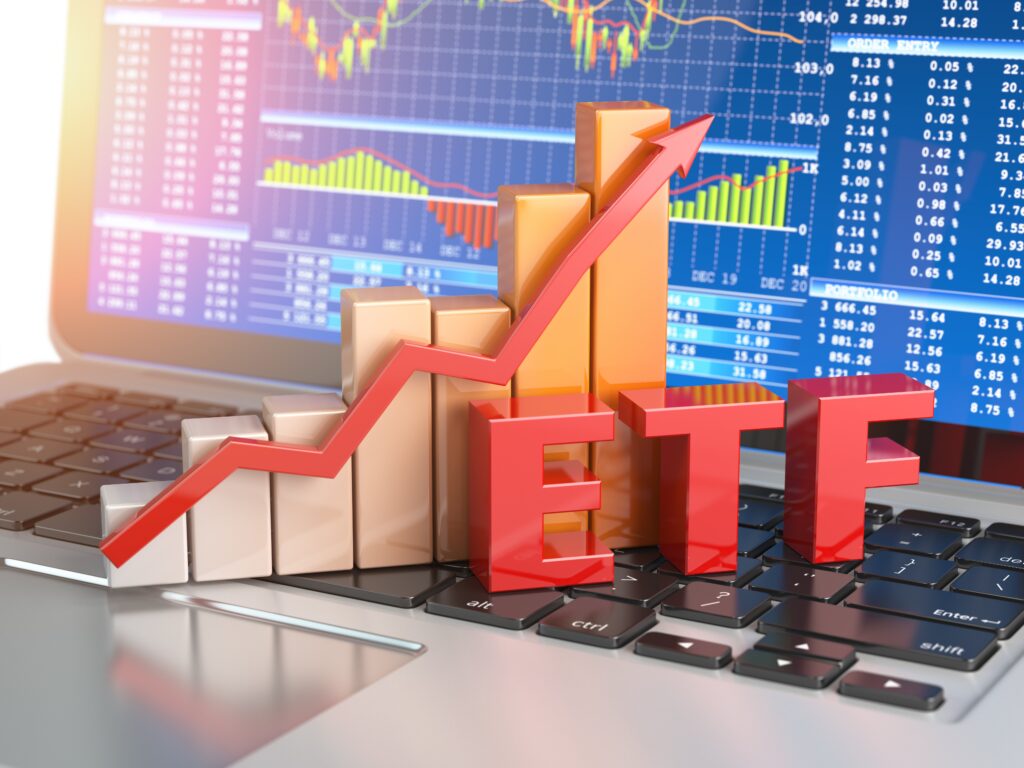
1. Vanguard Dividend Appreciation ETF (Ticker: VDADX)
The Vanguard Dividend Appreciation ETF focuses on companies with a history of consistent dividend growth, tracking the NASDAQ US Dividend Achievers Select Index.
Key Attributes:
- Performance Data: VDADX has exhibited consistent performance, with an average annual return of 9.74% over the last five years.
- Historical Growth: This ETF has a history of capital appreciation, emphasizing its potential for long-term wealth accumulation.
- Notable Achievements: VDADX is recognized for its emphasis on companies with a track record of dividend growth, making it a reliable choice for income-oriented investors.
- Market Focus: The ETF targets investors seeking a combination of dividend income and the potential for capital appreciation by investing in companies committed to growing their dividends.
(If you want to see more register you on the Tradingview platfrom)
Please note that investing involves risk, and it’s important to conduct thorough research or consult with a financial advisor before making any investment decisions
2. Invesco Russell 1000 Dynamic Multifactor ETF (Ticker: OMFL)
The Invesco Russell 1000 Dynamic Multifactor ETF is designed to capture the performance of large-cap U.S. stocks using a multifactor approach.
Key Attributes:
- Performance Data: OMFL has consistently delivered impressive returns, boasting an average annual return of 12.16% over the past five years.
- Historical Growth: This ETF has a history of adapting to changing market conditions, showcasing its potential for growth.
- Notable Achievements: Investors have recognized OMFL for its multifactor strategy that seeks to generate alpha through factors like value, momentum, quality, and low volatility.
- Market Focus: OMFL is ideal for investors looking to gain exposure to large-cap U.S. stocks while targeting specific factors that historically drive returns.
(If you want to see more register you on the Tradingview platfrom)
Please note that investing involves risk, and it’s important to conduct thorough research or consult with a financial advisor before making any investment decisions
3. Invesco S&P Small Cap Value with Momentum ETF (Ticker: XSVM)
The Invesco S&P Small Cap Value with Momentum ETF aims to capture the performance of small-cap U.S. stocks with a focus on value and momentum factors.
Key Attributes:
- Performance Data: XSVM has demonstrated the potential for strong returns, with an average annual return of 6.00% over the past five years.
- Historical Growth: Historical data suggests that XSVM has been able to harness the power of both value and momentum factors to drive growth.
- Notable Achievements: XSVM is designed to capture the performance of small-cap U.S. stocks with a focus on value and momentum, attracting investors seeking growth opportunities in this segment.
- Market Focus: This ETF targets investors interested in a factor-based approach to small-cap investing, aiming to identify stocks with potential for growth based on value and momentum factors.
(If you want to see more register you on the Tradingview platfrom)
Please note that investing involves risk, and it’s important to conduct thorough research or consult with a financial advisor before making any investment decisions
4. Vanguard Total Stock Market ETF (VTI)
The Vanguard Total Stock Market ETF (VTI) stands as a cornerstone for long-term investors searching exposure to the entire U.S. stock market. This ETF mirrors the performance of the CRSP US Total Market Index, encompassing a diverse range of sectors and market capitalizations.
Key Attributes:
- Performance Data: VTI has historically demonstrated steady growth, making it an attractive choice for long-term investors. ( An average annual return of 9.88 % over the past 5 years )
- Notable Achievements: VTI’s impressive performance and consistent tracking of the market index underscore its reliability as a foundational investment.
- Market Focus: VTI offers investors a broad spectrum of U.S. stocks, allowing them to participate in the potential growth of the overall market over the long haul.
(If you want to see more register you on the Tradingview platfrom)
Please note that investing involves risk, and it’s important to conduct thorough research or consult with a financial advisor before making any investment decisions
5. iShares Russell 1000 Growth ETF (IWF)
Description: The iShares Russell 1000 Growth ETF (IWF) targets large-cap U.S. growth stocks, making it an ideal choice for investors with a long-term growth perspective. This ETF seeks to capture the performance of the Russell 1000 Growth Index, providing exposure to companies expected to experience sustained expansion.
Key Attributes:
- Performance Data: IWF’s historical growth trajectory reflects its focus on growth-oriented stocks, making it an attractive addition for long-term investment strategies. (An average annual return of 13.30% over the past 5 years)
- Notable Achievements: IWF’s alignment with growth-oriented companies and consistent tracking of the Russell 1000 Growth Index underscore its role as a growth-centric investment vehicle.
- Market Focus: IWF hones in on large-cap U.S. growth stocks, offering investors the potential to ride the wave of continued expansion in the long run.
(If you want to see more register you on the Tradingview platfrom)
Please note that investing involves risk, and it’s important to conduct thorough research or consult with a financial advisor before making any investment decisions
6. Invesco QQQ Trust (Ticker: QQQ)
The Invesco QQQ Trust tracks the performance of the NASDAQ-100 Index, providing exposure to leading tech and innovation companies.
Key Attributes:
- Performance Data: QQQ has consistently delivered impressive returns, with an average annual return of 16.03% over the last five years.
- Historical Growth: This ETF has a history of capitalizing on the growth potential of technology and innovation sectors.
- Notable Achievements: QQQ’s focus on tech and innovation has made it a popular choice among investors seeking exposure to these sectors.
- Market Focus: QQQ is tailored for investors interested in tech giants and innovative companies listed on the NASDAQ Stock Market.
(If you want to see more register you on the Tradingview platfrom)
Please note that investing involves risk, and it’s important to conduct thorough research or consult with a financial advisor before making any investment decisions
7. Global X Robotics & Artificial Intelligence ETF (Ticker: BOTZ)
The Global X Robotics & Artificial Intelligence ETF offers exposure to companies involved in robotics and AI technologies.
Key Attributes:
- Performance Data: BOTZ has consistently delivered strong returns, with an average annual return of 2.79% over the last five years.
- Historical Growth: BOTZ focuses on companies at the forefront of robotics and AI, reflecting its potential for growth in these innovative sectors.
- Notable Achievements: This ETF appeals to investors bullish on robotics and AI technologies, recognizing their transformative potential.
- Market Focus: BOTZ provides global exposure to the robotics and AI sectors, making it suitable for investors seeking growth opportunities in these industries.
(If you want to see more register you on the Tradingview platfrom)
Please note that investing involves risk, and it’s important to conduct thorough research or consult with a financial advisor before making any investment decisions
Step-by-Step Guide on How to Start Investing in ETFs
Step 1: Open a Brokerage Account
- Research Brokerages: Choose a reputable online brokerage platform that offers a user-friendly interface, low fees, and a wide selection of ETFs.
- Sign Up: Visit the brokerage’s website and complete the account registration process. You’ll need to provide personal information and verify your identity.
- Fund Your Account: Deposit funds into your brokerage account using various funding methods, such as bank transfers or credit/debit cards.
BEST ETF BROKERAGE PLATFORM
1. IG

- IG is an established market leader offering a comprehensive suite of services, including CFD trading, spread betting, and more.
- Rating: ★★★★☆
- Fees: IG provides competitive spreads and transparent fee structures. It’s recognized for its reliability and accessibility across various financial instruments.
2. Plus500

- Plus500 provides a simplified trading experience through its user-friendly platform, making it accessible to traders of all levels.
- Rating: ★★★☆☆
- Fees: Plus500 is known for its commission-free trading on various assets, including CFDs. However, it may charge spreads and overnight fees.
3. Interactive Brokers

- Interactive Brokers is renowned for its diverse investment services and has earned a trusted reputation in the financial industry.
- Rating: ★★★★★
- Fees: Interactive Brokers offers competitive pricing, with low fees for trading stocks, options, and futures. It’s known for its transparent fee structure.
4. Degiro
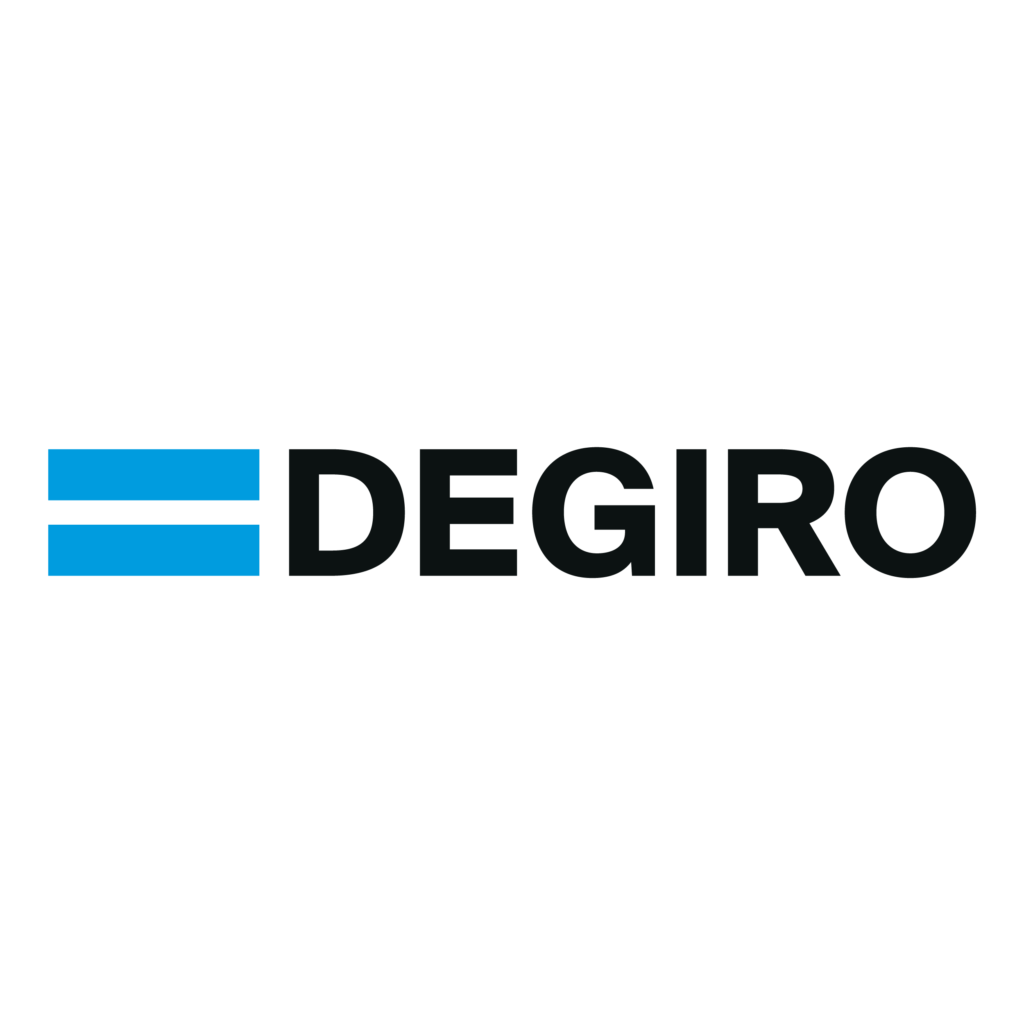
- DEGIRO offers a wide array of investment services and has built a strong reputation in the industry.
- Rating: ★★★★☆
- Fees: DEGIRO stands out with $0 commission for online stock, ETF, and option trades.
Step 3: Research ETFs
- Define Your Objectives: Clarify your investment goals, risk tolerance, and time horizon.
- Explore ETFs: Browse through the brokerage’s ETF offerings. They usually provide tools to filter and search for ETFs based on criteria like sector, industry, expense ratios, and performance.
- Read Prospectuses: Each ETF has a prospectus that provides detailed information about its objectives, holdings, fees, and risks.
Step 4: Select ETFs
- Diversification: Choose ETFs that offer exposure to different sectors, industries, and asset classes to build a diversified portfolio.
- Expense Ratios: Opt for ETFs with lower expense ratios.
- Benchmark Performance: Compare an ETF’s performance to its benchmark index over various time periods.
Step 5: Execute Trades
- Place Orders: Within your brokerage account, find the trading platform and place orders for the chosen ETFs.
- Review Order Details: Confirm the order details, including the ETF’s ticker symbol, quantity, and order type.
- Monitor Your Holdings: Once your order is executed, your brokerage account will reflect the purchased ETFs. Regularly monitor your holdings and the market to stay informed.
Step 7: Review and Adjust Periodically review your ETF portfolio to ensure it aligns with your changing financial goals and risk tolerance. As your circumstances evolve, consider adjusting your allocations to maintain a well-balanced portfolio.
FINAL THOUGHTS
Investing in ETFs offers flexibility and diversity, enabling you to build a portfolio that resonates with your financial aspirations. Remember that investing involves risks, and it’s wise to consult with financial advisors or experts if you have specific concerns or questions along the way.
Recent Posts
- Stablecoin vs Fiat Currency : Who Win This Great Debate ?In the ongoing debate of Stablecoin vs Fiat, as the global economy transforms, questions arise about the roles these currencies play in shaping our financial future. This exploration dives into the core of the debate, highlighting the differences, benefits, and…
- IPO Explained : How to Start the Right WayIPO explained simply. Ever thought about how companies go from being private to being in the stock market spotlight? It’s through something called an Initial Public Offering, or IPO. It’s like a big debut for companies, with lots of potential…
- Trading vs Investing : Wich is the Better Solution?In the world of money, deciding between trading vs investing is a big deal. It’s like choosing a path that will seriously affect your financial future. Trading and investing are different ways to handle your money, and the choice you…
- What is the Most Secure Stablecoin of 2023 ?We’ll take a deep dive into the world of stablecoins, exploring their types, evaluating criteria for security, and identifying the most secure stablecoin. The cryptocurrency market is in constant evolution and with new players entering the scene, security has become…
- Penny Stocks vs Crypto : What is the Best Solution ?In this exploration of Penny Stocks vs. Crypto, we will delve into the heart of these investment choices. Penny Stocks and Cryptocurrencies, each of these asset classes carries its own unique set of promises and perils, offering the potential for…
(This post may contain affiliate links, which means I may earn a commission if you click through and make a purchase. This comes at no additional cost to you. I only promote products and services that I believe in. Thank you for your support!)
